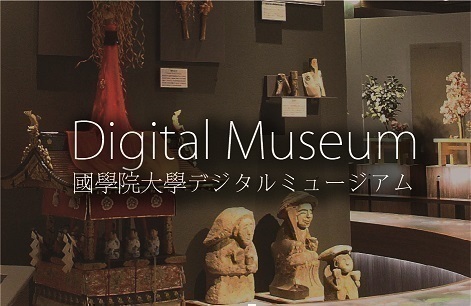- トップ
- Encyclopedia of Shinto
- Shinbutsu Bunri
Encyclopedia of Shinto
| Main Menu: | |
| Links: |
詳細表示 (Complete Article)
| カテゴリー1: | 3. Institutions and Administrative Practices |
|---|---|
| カテゴリー2: | Modern and Contemporary |
| Title | Shinbutsu Bunri |
| Text | The separation of Shinto and Buddhism. A series of administrative measures implemented by the Meiji government, designed to prohibit the shinbutsu shūgō (the systemic combination of kami and buddhas, shrines and temples, and their priesthoods) system that had its roots in the Nara Period (710-94). Buddhism, which arrived in Japan in the sixth century, steadily combined with Shinto until the emergence in the medieval period of the honji suijaku theory (the idea that kami were trace manifestations of "original" bodhisattvas) which came to constitute what one might call "Japanese religion." In other words, there now began to proliferate across Japan the erection of temples within shrine compounds (jingūji), the practice of sutra reading at shrines, the application of the term "bodhisattva" to kami, and the celebration of rites at shrines by bettō or shasō (priests wearing Buddhist garb). Apart from Ise Jingū and a few other exceptions, most shrines were placed under Buddhist control. The combinatory dimension of shrines in the Hachiman and Gion lineages, which from the outset had a thick Buddhist coloration, was even more pronounced. Many were sites that were no longer distinguishable as either Buddhist temple or Shinto shrine. In response to this situation, anti-Buddhist thought strengthened in the early modern period under the influence of Confucianism and kokugaku (National Learning, nativism). Kokugaku thinkers and shrine priests (shinshoku) began to call fervently for a return of shrines to their original form. The Restoration government, which came to power in 1868 proclaiming a "return to imperial rule" (ōsei fukko) and a political transformation that claimed the same creative state-founding legitimacy as that held by the mythological first emperor Jinmu (jinmu sōgyō), put the theory into practice and endeavored to clarify the distinction between shrines and temples. On the seventeenth day of the third month of that year, the government issued the "separation edicts" and ordered the defrocking of the bettō and shasō. This was the first stage of shinbutsu bunri. The second stage began on the twenty-eighth, when the government banned the application of Buddhist terminology such as gongen (avatar) to kami, and the veneration of Buddhist statues as the shintai (the sacred presence or enshrined deity) at shrines. The beginning of the third stage was marked by the promulgation of orders on the twenty-fourth day of the fourth month banning the application of the Buddhist term "Daibosatsu" to Hachiman at Iwashimizu Hachimangū and Usa Hachimangū (presently Usa Jingū). Hachiman was henceforth to be known as Hachiman Daijin. Finally, on the fourth day of the fourth intercalary month, all the defrocked bettō and shasō were instructed to restyle themselves as "shrine priests" (kannushi) and to resume shrine service. Those who refused on the grounds of their Buddhist beliefs were ordered to leave their shrines. At the same time, orders were issued to the Nichiren (Buddhist) Sect to desist from referring to the sanjū banshin (Thirty Protective Tutelary [Lotus] Deities) as kami. As a result of these measures, all shades of Buddhism were eliminated from shrines across Japan. There were shrine priests, nativists and local government officials who interpreted these regulations as implying that Buddhism should be destroyed (this event was known in Japanese as haibutsu kishaku, which literally means "abandon Buddhism and throw out Shakyamuni [the historical Buddha]") and embarked on an extreme anti-Buddhist campaign. This prompted central government to strictly instruct shrine priests that the separation of the two was to be conducted with utmost care, and that the intention was not the destruction of Buddhism. However, central government instructions had little impact until the abolition of the domains in 1871. Local government officials were still relatively powerful and, steeped as they were in Confucian thinking, they promoted anti-Buddhist policies across Japan in response to the separation regulations. The result was the destruction of many temples and Buddhist treasures. — Sakamoto Koremaru |




